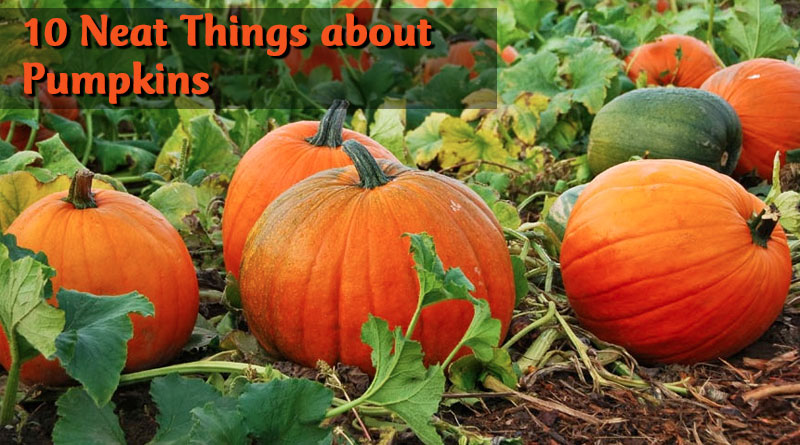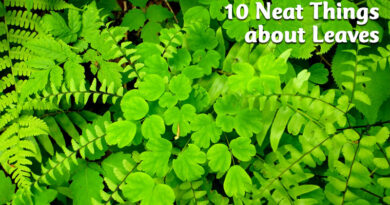About Pumpkins

1. Sex and the single pumpkin.
Pumpkins are monoecious. A single plant will have both male and female flowers. Female flowers can be pollinated by male flowers on the same plant. Pumpkins originated, by the way, in South America.

2. Pregnant pumpkins.
Male pumpkin flowers appear before female pumpkin flowers. Sometimes new growers get confused, because the plant has all male blossoms, and they wonder if the plant is defective or if it is difficult to detect the sex differences. In fact, it is very easy to tell which blossoms are females because they have a noticeable round swelling between the blossom and the vine. If you can’t find your girl flowers, just hang tight a few days; they’ll appear. As always, the guys come first. There are usually ten males for every female.

3. Frankenstein pumpkin?
If you pollinate a pumpkin blossom with a zucchini pollen, what will you get? The fruit will be the kind of pumpkin that you planted. The seeds you get from that pumpkin, however, will produce strange hybrid fruit the next year.
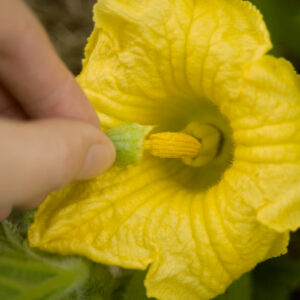
4. Let’s get clinical.
Using a cotton swab has the sole advantage of making more clinical an act that, essentially, is assisting flowers to have sex. The most efficient way to get the job done is to pick a mature male flower (the flower is mature when the pollen comes off easily), pull the petals back, and use the stamen as your swab, dashing pollen onto the stigma of a female flower.
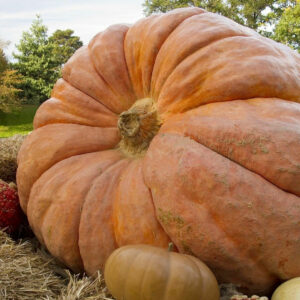
5. Grow a big one.
Pumpkins usually produce only one or two full-sized fruits per plant. If you want to grow a giant pumpkin, choose one on the main vine and remove any others. Allow the plant to put all its energy into a single fruit. Trim off the others when the pumpkins are about the size of a volleyball.
6. Get them when they’re ready.
Blossoms should be pollinated right after they open, in the morning. They stay open from about 10:30 a.m. to 3 p.m. But for the best fruits, wait until there are at least 200 leaves on the vine. Too much nitrogen can delay flower production and fruit sex. Phosphorous promotes more flowers.
7. Don’t move it!
Every time you move your growing pumpkin, you risk breaking the vine or stem. Even fairly small cracks in the vine or stem can invite disease. Best to put your fruit into a good position before it is too big and then resist moving it until harvest.

8. Giant pumpkins.
Around this time every year, we hear about giant pumpkins being grown for competition. The world’s record holder, as I write this, is Mathias Willemijn, who brought a 2,624.6 monster to a competition in Lewidsburg, Germany in 2016. Now that’s the great pumpkin, Charlie Brown!
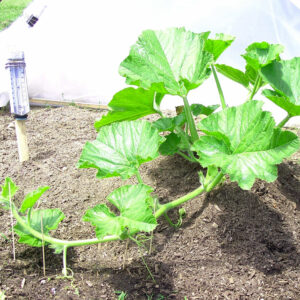
9. The more roots the better.
Encourage secondary roots from the vine. Secondary roots develop where the leaf nodes on the vine are touching the ground and there is sufficient moisture. Secondary roots along the vine enable the plant to take in more water and nutrients for the growing pumpkin. Some growers actually bury the ends of their vines. One caveat about secondary roots: do not encourage this within several feet of the pumpkin, and leave plenty of slack in the vine around your pumpkin so that the vine will not come under stress as the pumpkin grows.
10. Fair weather friend.
Leave the fruits on the vine until colour is fully developed and the shell has hardened. It will not continue to mature once it is removed from the vine. If the weather holds, the leaves may well die off before you harvest your pumpkin. Protect from light frosts by covering lightly. If a deep freeze is on the way, field time is over; bring it in. They will die after just one or two hours of a frost.
– Shauna Dobbie Copyright©
Pegasus Publications Inc.



